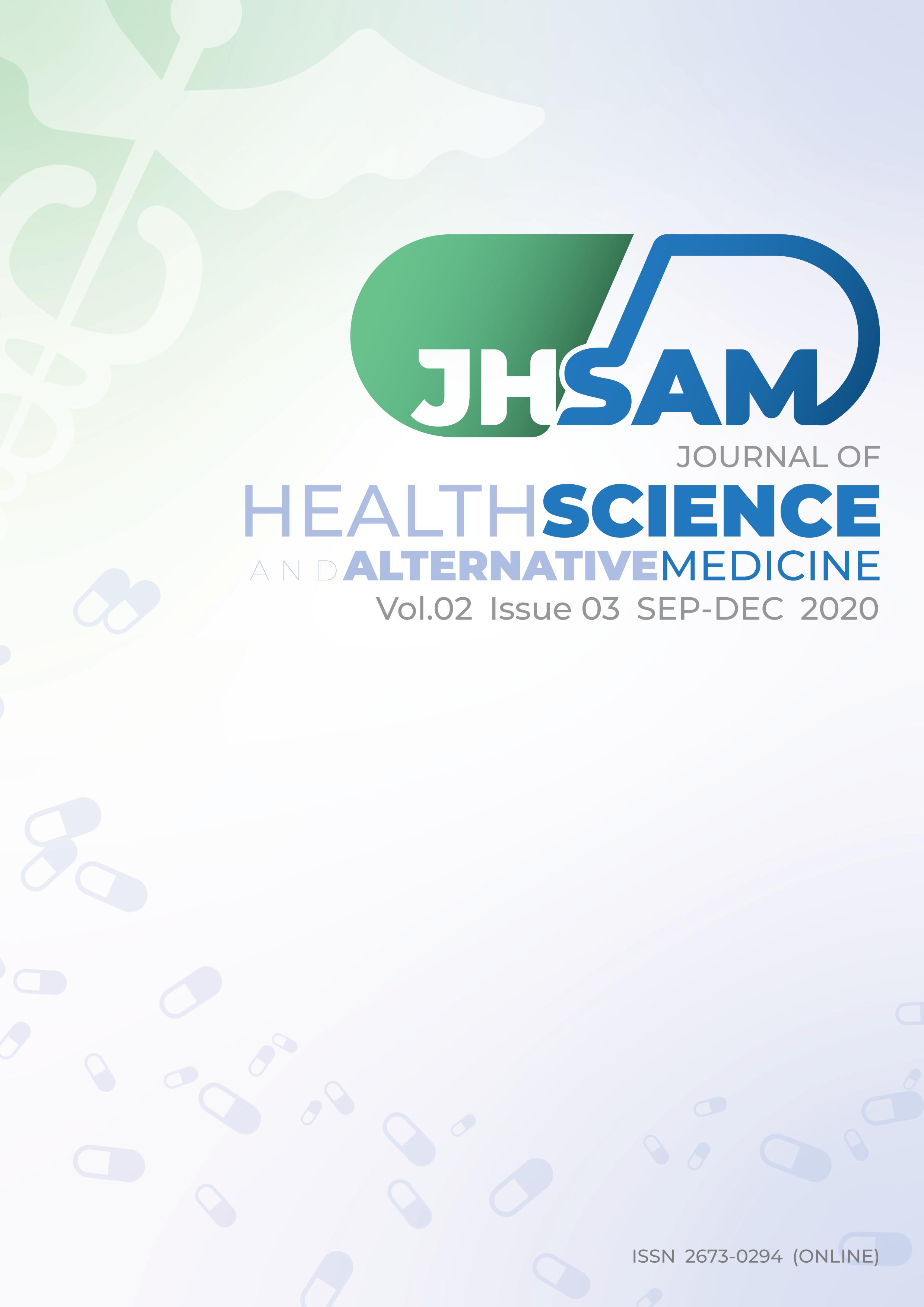Ergonomic Risk Level Assessment in Building Process, Automobile Tire Manufacturing
Main Article Content
Abstract
Background: Ergonomic problem among employees who are working in a workplace could induce the performance of employee in either positive or negative direction. Therefore, fixing ergonomic problems in a particular place could be improvement the productivity of a company. Methods: Ergonomic risk in the building process, automobile tire manufacturing at a plant in Rayong Province, Thailand were evaluated by using a cross-sectional study. The rapid entire body assessment (REBA) was used as a tool to detect the ergonomic risk and its levels among employees. Results: Five tasks or processes of work were found at risk index level 4 which were required immediate improvement or correction; i) pulling the raw cover out of the tire-forming machine, ii) peeling the tread, iii) changing the bead ring in the machine, iv) removing the raw rubber clog in the processing machine, called an extruder, and v) lifting the tread onto the tire building machine. Filling the steel grid with metal powder was found at risk level-3 which was required for further investigation and improvement. Lastly, at the department of the rubber sheet on softer steel called shin-gane was found at risk level 2 which was required to be investigated and continuously monitored. Conclusion: The findings of risk assessment from this study could be used for establishing the tire manufacturing safety measures or development a guideline to reduce the risk of ergonomic problems such as musculoskeletal disorders and enhance employees’ performance.
Article Details
JHSAM publishes all articles in full open access, meaning unlimited use and reuse of articles with appropriate credit to the authors.
All our articles are published under a Creative Commons "CC-BY-NC-ND 4.0". License which permits use, distribution and reproduction in any medium,
provided that the original work is properly cited and is used for noncommercial purposes.
References
[2] Kamo Hilbert Ashu Michael Agbor. Work-related Musculoskeketal Disorders Amongst Oral Health Workers in Cameroon. OHDM. 2016; Vol.15(6):1-6
[3] Damaj, O., Fakhreddine, M., Lahoud, M., Hamzeh, F. 2016. Implementing Ergonomics in Construction to Improve Work Performance. In: Proc. 24th Ann. Conf. of the Int’l. Group for Lean Construction, Boston, MA, USA, sect.11 pp. 53-62.
[4] Kumar S. Theories of Musculoskeletal Injury Causation. Ergonomics. 2001;44(1): 17-47. DOI: 10.1080/00140130120716
[5] Workmen’s Compensation Fund, Social Security Office, Department of Labor. Statistics of accidental injury or illness due to work classified by severity and disease, 2011-2015 (in Thai)
[6] Heng-Leng C, Krishna GR, Abherhame C. Ergonomic risk factors of work processes in the semiconductor industry in Peninsular Malaysia. Industrial health. 2004; 42:373-381.
[7] Wariya Kentawai, Amarin Kongtawelert, Dusit Sujirarat, Petcharatana Bhuanantanondh. Prevalence of Musculoskeletal disorders among female pottery workers in Khiri Mat, Sukhothai Province, Thailand. Journal of Science and Technology Mahasarakham University. 2019; 38:282-291 (in Thai).
[8] Hignett S, McAtamney L. Rapid Entire Body Assessment (REBA). Applied Ergonomics. 2000 Apr;31(2):201-5. DOI: 10.1016/S0003-6870(99)00039-3
[9] Madani DA, Dababneh A. Rapid Entire Body Assessment: A Literature Review. American Journal of Engineering and Applied Sciences. 2016 Jan 1;9(1):107-18. DOI: 10.3844/ajeassp.2016.107.118
[10] Lasota AM. A. Reba-based analysis of packers workload: a case study. Scientific Journal of Logistics. 2014; 10:87-95.


